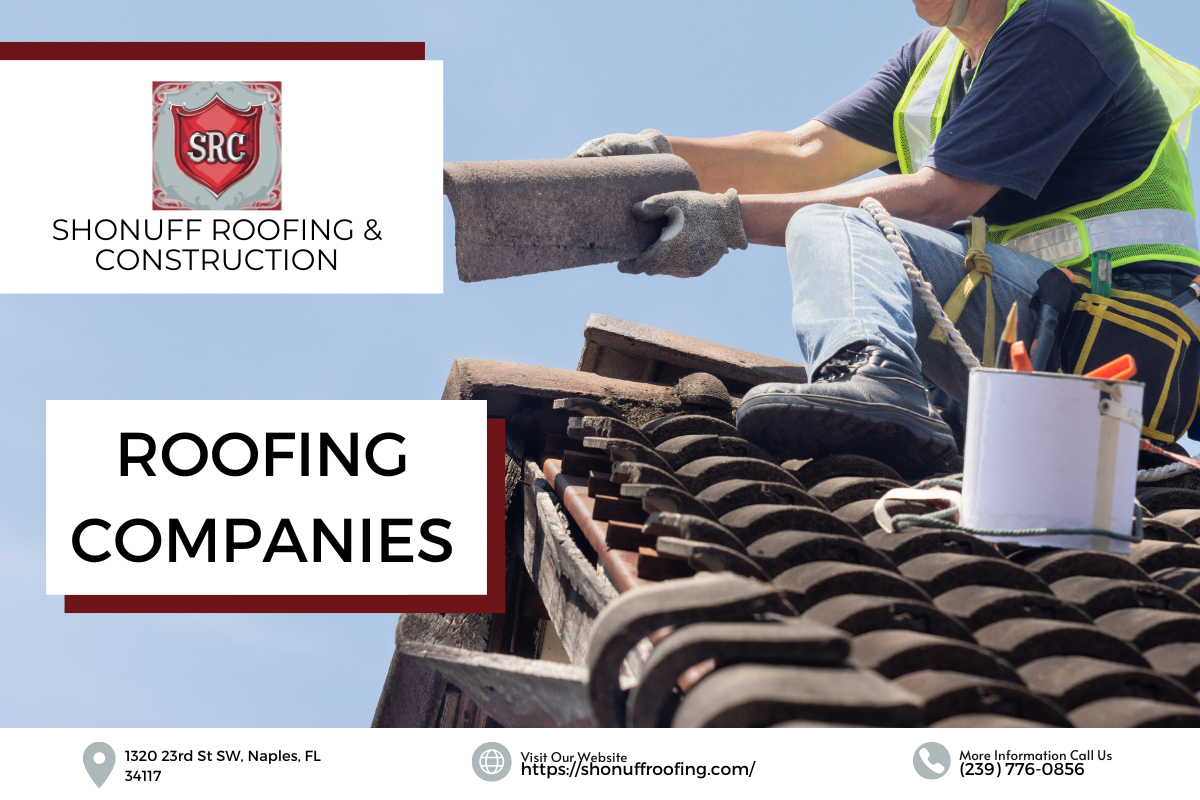“Key Factors That Affect the Longevity of Your Roof”

Introduction
When it comes to maintaining a home or commercial property, the roof is often the unsung hero. It protects our living spaces from harsh weather conditions, insulates against temperature extremes, and contributes to our property's overall aesthetic appeal. Yet, many homeowners and property managers overlook the fact that a well-maintained roof can last for decades while a neglected one can lead to costly repairs or even premature replacement. Understanding the Key Factors That Affect the Longevity of Your Roof is essential for anyone looking to protect their investment.
Whether you're working with a commercial roofer, considering a new roof installation, or simply want to prolong the lifespan of your current roof, this comprehensive guide will provide you with valuable insights. Discover how different materials like metal roofing can enhance durability, learn about proper maintenance routines, and understand environmental factors that might affect your roof's lifespan.
Key Factors That Affect the Longevity of Your Roof
Understanding Roofing Materials
When discussing the longevity of roofs, it's crucial to start with the materials used in construction. Each type has its unique properties that influence durability.
1. Types of Roofing Materials
- Asphalt Shingles: Widely used due to affordability but may have a shorter lifespan.
- Metal Roofing: Known for its durability and resistance to extreme weather.
- Tile Roofing: Offers longevity but requires professional installation.
- Slate Roofing: Extremely durable but also among the most expensive options.
The choice of material plays an enormous role in determining how long your roof will last. For instance, while asphalt shingles are cost-effective, they might need replacement after 20 years, whereas metal roofs could last 50 years or more with appropriate care.
2. Installation Quality
Even if you choose top-notch materials, improper installation can drastically reduce your roof's lifespan.
Why Choose Professional Roofers?
Hiring experienced roofing contractors ensures that your new roof install follows manufacturer guidelines and local building codes. Poor workmanship can lead to leaks and structural issues down the line.
3. Maintenance Practices
Regular maintenance is critical for extending your roof's life expectancy.
Routine Inspections
Consider scheduling inspections at least twice a year and after major storms. This way, potential problems can be caught early before they become significant issues requiring extensive repairs from roofing companies.
4. Climate Impact
The environment where you live significantly affects your roof's longevity.
Weather Extremes
Extreme heat can warp materials, while heavy snow can create excess weight on flat roofs. Understanding your local climate helps tailor your roofing choices accordingly.
Sun Exposure
UV rays can degrade roofing materials over time; thus, some regions may require UV-resistant coatings for added protection.
5. Ventilation Systems
Proper ventilation helps regulate temperature inside attics and prevents moisture buildup that could lead to mold growth and premature aging of roofing materials.
Types of Ventilation Systems
- Soffit Vents
- Ridge Vents
- Gable Vents
Each plays its part in ensuring adequate airflow through your roofing system.
6. Tree Proximity
Trees provide shade but also pose risks such as falling branches or debris accumulation on roofs.
Debris Management Techniques
Regularly trimming trees near your home prevents potential damage during storms while reducing leaf buildup on your roof.
7. Drainage Systems
An effective drainage system keeps water away from your foundation and prevents pooling on rooftops.
Gutters and Downspouts
Ensure gutters are clean and in good repair; this simple action helps direct water away from vulnerable areas of your roofing system.
8. Snow Load Considerations
In areas prone to snowfall, understanding snow load capacity is vital for maintaining safety and longevity.
How Much Weight Can Your Roof Hold?
Most residential roofs are designed to hold at least 30 pounds per square foot—more if specified by local building codes—and exceeding this limit could lead to catastrophic failure.
FAQ Section
1. What is the average lifespan of different types of roofing?
Asphalt shingles typically last about 20 years; metal roofing can last up to 50 years; tile or slate roofs may last over 100 years with proper care.
2. How often should I have my roof inspected?
It’s recommended to inspect your roof at least twice a year (spring and fall) as well as after severe weather events.
3. Can I install a new roof over an old one?
Yes, but it's best practice to remove old layers first for optimal performance unless specified by local regulations or manufacturers’ guidelines.
4. What signs indicate I need a new roof?
Look for sagging areas, missing shingles, extensive granule loss or discoloration indicating wear beyond repair needs immediate attention from experts like commercial roofing companies!
5. Do metal roofs rust?
Modern metal roofs are coated with protective finishes designed specifically to resist rusting under various environmental conditions when installed correctly by qualified metal roofing contractors!
6. Can I do my own roof maintenance?
While some tasks are manageable as DIY projects (like cleaning gutters), complex issues should always be handled by professionals who understand potential risks involved!
Conclusion
In conclusion, understanding the key factors that affect the longevity of your roof empowers homeowners and property managers alike to make informed decisions regarding maintenance practices and material selection for new installations. From choosing reputable commercial roofing companies to implementing regular inspections, every step taken towards protecting this essential part of our homes enhances not just its lifespan but also our peace of mind knowing we’ve safeguarded our investments against time—and nature! By keeping these tips in mind alongside regular communication with trusted contractors specializing in metal or other types of roofing systems—you're setting yourself up for success now—and well into future!
